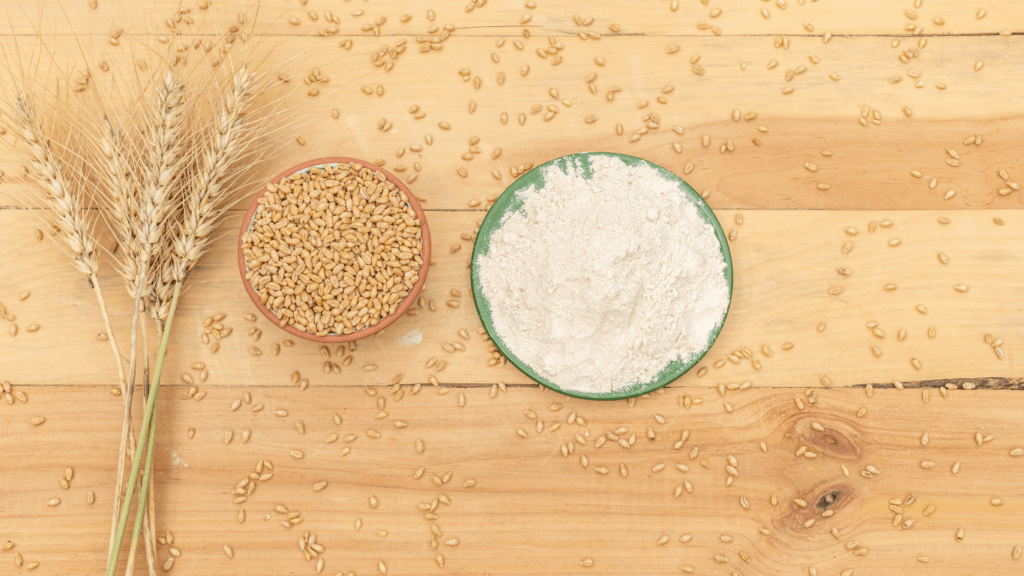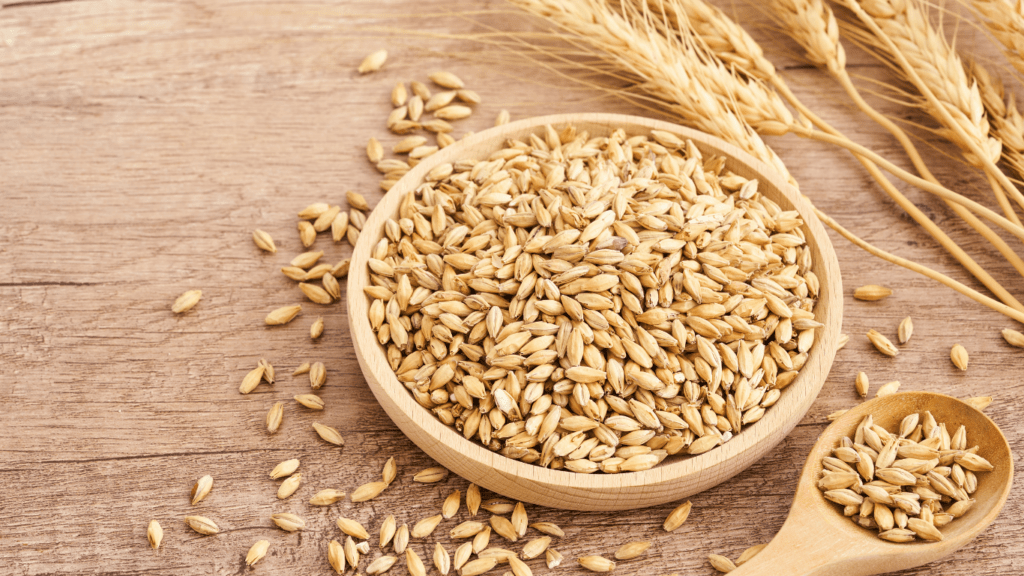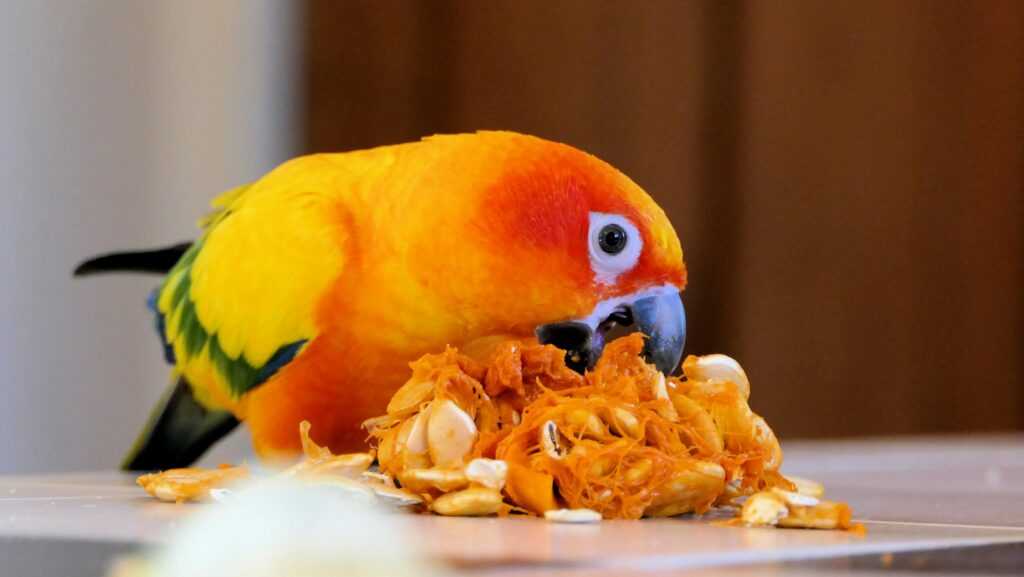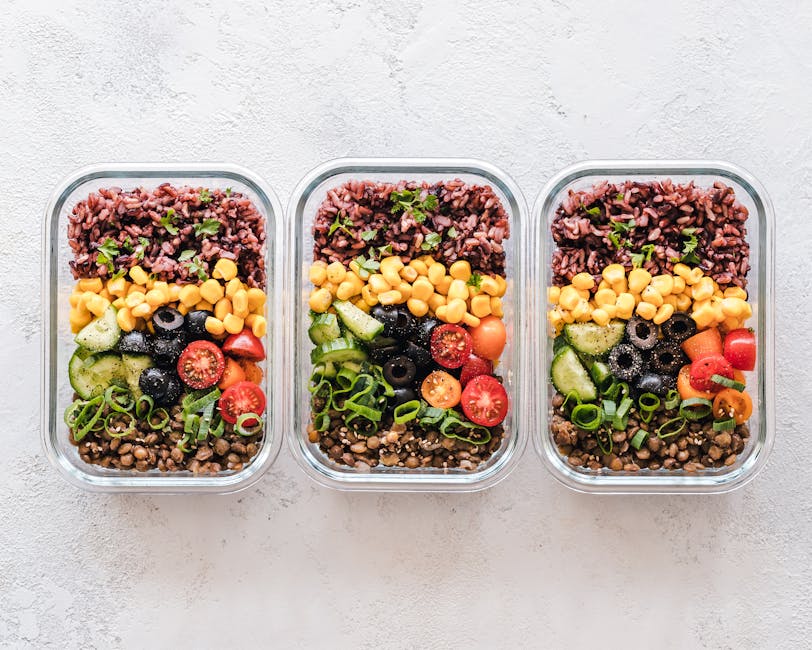As a pet owner, I’ve always been conscious of what goes into my furry companion’s bowl. The shift towards grain-free diets for pets has been gaining momentum, and for good reason. When I switched my own pet to a grain-free diet, I noticed a significant improvement in their overall health and vitality.
Grains like corn, wheat, and soy are common allergens for many pets, leading to digestive issues, skin irritations, and other health concerns. By opting for a grain-free diet, I’ve witnessed firsthand the positive impact it can have on my pet’s well-being. From improved digestion to a shinier coat, the benefits are undeniable.
In this article, I’ll delve into the various advantages of grain-free diets for pets, backed by research and personal experiences. Join me as we explore how this dietary choice can make a difference in your beloved pet’s life.
Understanding Grain-Free Diets for Pets
What are Grain-Free Diets?
Grain-free diets for pets are formulated without common grains like corn, wheat, and soy. These diets focus on providing alternative sources of carbohydrates such as potatoes, sweet potatoes, or peas. By eliminating grains, pet owners aim to reduce potential allergens that can cause health issues in their furry companions.
Why Grain-Free Diets for Pets?
I believe that grain-free diets for pets offer several benefits. Firstly, they can help alleviate allergic reactions in pets sensitive to grains. Additionally, these diets may improve digestion and promote a healthier coat and skin for our furry friends. By opting for grain-free options, pet owners like myself can customize their pets’ nutrition to better suit their individual needs.
Health Advantages of Grain-Free Diets
Grain-free diets offer various health benefits for pets, promoting improved digestion, allergy management, and weight control.
Improved Digestion
Enhanced digestion is a significant advantage of grain-free diets for pets. By eliminating common allergenic grains like corn, wheat, and soy, these diets can reduce digestive issues such as bloating and gas in pets. Alternative carbohydrate sources like potatoes and peas in grain-free diets are easier for pets to digest, leading to better nutrient absorption and overall digestive health.
Allergy Management
Grain-free diets play a crucial role in managing pet allergies. Pets can develop allergic reactions to grains present in their food, resulting in skin irritations, itching, and gastrointestinal problems. Switching to a grain-free diet can alleviate these allergy symptoms, providing relief to pets with sensitivities. The absence of grains helps reduce the potential triggers for allergic reactions, supporting better skin health and overall well-being in pets.
Weight Management
Maintaining a healthy weight is essential for the overall well-being of pets. Grain-free diets can aid in weight management as they often contain higher protein content and lower carbohydrates, promoting lean muscle mass and efficient metabolism. By reducing the intake of grains that can contribute to weight gain, pets on grain-free diets are less likely to become overweight or obese. This controlled approach to nutrition supports pets in achieving and maintaining a healthy weight, reducing the risk of obesity-related health issues.
Transitioning to a Grain-Free Diet
Transitioning your pet to a grain-free diet is a process that requires care and attention to ensure a smooth adjustment. When switching your pet’s food, I recommend gradually introducing the new grain-free diet to avoid any digestive upsets. It’s essential to mix small amounts of the new grain-free food with your pet’s current food over about a week to allow their digestive system to adapt.
During this transitional period, I advise monitoring your pet for any signs of digestive discomfort or allergic reactions. It’s crucial to observe their stool consistency, energy levels, coat condition, and overall demeanor to ensure they are responding well to the new diet. If you notice any adverse reactions during the transition, it’s best to consult with your veterinarian for guidance on how to proceed.
Remember, each pet is unique, and their response to a grain-free diet may vary. Patience is key during the transition period, as some pets may take longer to adjust than others. By gradually introducing the new grain-free food and closely monitoring your pet’s health and behavior, you can help them successfully transition to a diet that offers numerous benefits for their overall well-being.
Considerations when Choosing Grain-Free Pet Food
Transitioning pets to a grain-free diet is a significant decision that requires careful consideration. As a pet owner, I understand the importance of selecting the right food for my furry friend. When choosing grain-free pet food, it’s crucial to consider the following factors to ensure their health and well-being:
- Pet’s Health Status: I always prioritize my pet’s health when making dietary changes. Before switching to a grain-free diet, it’s essential to consult with a veterinarian, especially if my pet has pre-existing health conditions. The vet can provide valuable insights and recommend suitable options based on my pet’s specific needs.
- Quality Ingredients: When selecting grain-free pet food, I pay close attention to the quality of ingredients listed on the packaging. I prefer products that contain high-quality proteins, essential nutrients, and healthy fats to support my pet’s overall health. Avoiding fillers and artificial additives is crucial for providing a balanced and nutritious diet.
- Allergies and Sensitivities: Just like humans, pets can develop allergies or sensitivities to certain ingredients. When choosing grain-free pet food, I consider any known food allergies or sensitivities that my pet may have. Opting for hypoallergenic options can help prevent allergic reactions and promote better digestion.
- Age and Activity Level: I take into account my pet’s age and activity level when selecting grain-free pet food. Puppies, adult dogs, and senior pets have varying nutritional requirements, so it’s essential to choose a formula that meets their specific needs. Additionally, considering my pet’s activity level ensures they receive the right balance of nutrients and energy.
- Brand Reputation: I trust reputable brands that prioritize pet health and quality ingredients. Researching and choosing pet food brands with a good reputation and transparent manufacturing processes gives me confidence in the products I select for my pet. Checking reviews and seeking recommendations from other pet owners can also help in making an informed decision.
By considering these factors when choosing grain-free pet food, I can make an informed decision that promotes my pet’s health and enhances their overall well-being. Making the transition thoughtfully and with careful consideration ensures that my pet receives the best nutrition possible.




